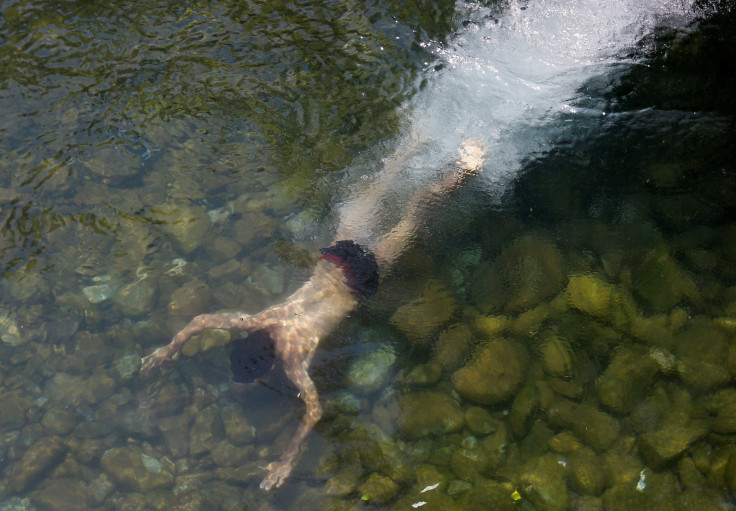Aquatic life is high on amphetamines leaking into Baltimore waterways
'We need to consider collateral damages to freshwater resources' as drugs not being removed by waste treatment.

The level of amphetamines leaking into the waterways of Baltimore, Maryland, is so high that it's affecting aquatic life, scientists have discovered. Moss, bacteria and insects are being negatively impacted by the chemical, according to researchers.
The drug residue was discovered by scientists from the Cary Institute of Ecosystem Studies who tested streams in and around Baltimore. Levels were highest in urban areas.
When the scientists replicated the levels in the lab in a recreated ecosystem, they discovered the chemicals created significant impacts, according to their study published in the journal Environmental Science and Technology.
Biofilm – the slippery mix of bacteria and algae that grows in thin layers on stream bottoms – was suppressed after exposure to the drugs. Bacterial life was altered, and bugs that lived in the water developed more quickly.
The concern is that the plants and bugs are the base of the aquatic food chain and could in turn be causing even more worrying effects in fish, frogs and birds farther up the food chain.
Contaminants in streams could also reach groundwater wells and affect reservoirs providing drinking water.
Besides amphetamine contamination, scientists also found caffeine, antihistamine, acetaminophen and morphine in the waterways.
It's not the first time drugs have been discovered in streams. Antidepressants, antibiotics, antihistamines, blood thinners, heart medications and hormones have previously been found in rivers, lakes and streams.
A US Geological Survey study in 1999 and 2000 found some presence of pharmaceuticals in 80% of water samples from a large network of streams in 30 states.
Study co-author Emma Rosi-Marshall believes in Baltimore's case amphetamine contamination is likely to be entering the waterways through leaks in an ageing sewer system.
"It also has been shown that the drugs can be released from wastewater treatment plants that are not necessarily designed to remove these compounds," she told the Chesapeake Bay Journal. "Either people are flushing some drugs down the toilet, or the drugs are being excreted by users who aren't metabolising everything they've ingested."
More research is needed, Rosi-Marshall said, to understand how the discovered drugs are causing the changes.
"As society continues to grapple with ageing wastewater infrastructure and escalating pharmaceutical and illicit drug use, we need to consider collateral damages to our freshwater resources," she said. "Ultimately, solutions will lie in innovations in the way we manage wastewater."
© Copyright IBTimes 2025. All rights reserved.






















